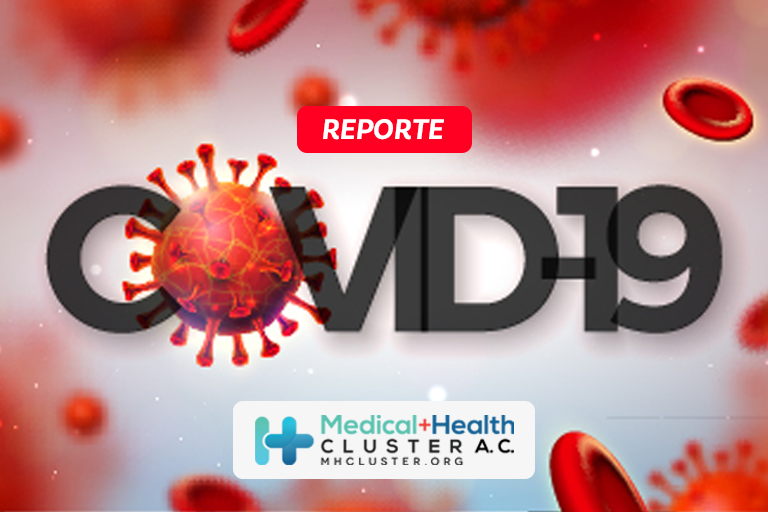En atención a la creciente preocupación sobre la confianza en...
Leer más
COVID-19 Reinfections

Practice Essentials
The definition of COVID-19 reinfection has evolved since early 2021. Fundamentally, it describes an infected individual who has been fully vaccinated, with or without a booster or boosters, and becomes infected with COVID-19 again. The CDC more precisely defines it as COVID-19 infection of a given person with 2 different viral strains occurring at least 45 days apart. Alternately, it may represent 2 positive CoV-2 RT-PCR tests with negative tests in between. [1] Determining reinfection rates of COVID-19 is essential in determining the effectiveness of current vaccine prophylaxis. Fairly early in the pandemic, it was recognized that reinfection, in both vaccinated and non-vaccinated individuals, most likely is due to a variant. [1, 2]
(See Coronavirus Disease 2019 [COVID-19].)
Cases of suspected reinfection must be differentiated from reactivation/relapse of the virus, which is seen in a clinically recovered individual within the first 4 weeks of infection. Testing for viral RNA has remained positive. During relapse, a small viral load of dormant virus becomes reactivated, often for unclear reason. The site usually is in the lower respiratory tract. The only way to absolutely establish this state is to demonstrate that there is no difference between genetic samples taken at the beginning and at the time of reactivation. Since it is unusual to do such testing at the beginning of an individual’s disease, the estimation of reactivation is based on a small sample size. It may occur in 9–27% of cases. The immune response to reinfection is characterized by a much higher IgG antibody level and an absent level of IgM to the virus.
Symptoms alone and/or any type of organ damage lasting more than 4 weeks is termed post acute sequelae of COVID-19 infection (PASC). The most common complaints are shortness of breath and fatigue. When this occurs and is associated with viral shedding, it is understandable to consider persistent infection. The nasal discharge of acute infection is greatest in the first week and usually is resolved by 17 days; however, it can last more than 80 days. After 7 days, the shed RNA material becomes more fragmented and less infectious. [1]
A very important reason to focus on recurrent infection is to explore the role, if any, that it may play in the pathogenesis of long COVID-19, a condition that may be associated with chronic fatigue symptoms of a myalgic encephalomyelitis, loss of taste and smell, and cardiac arrhythmias.
Créditos: Comité científico Covid




